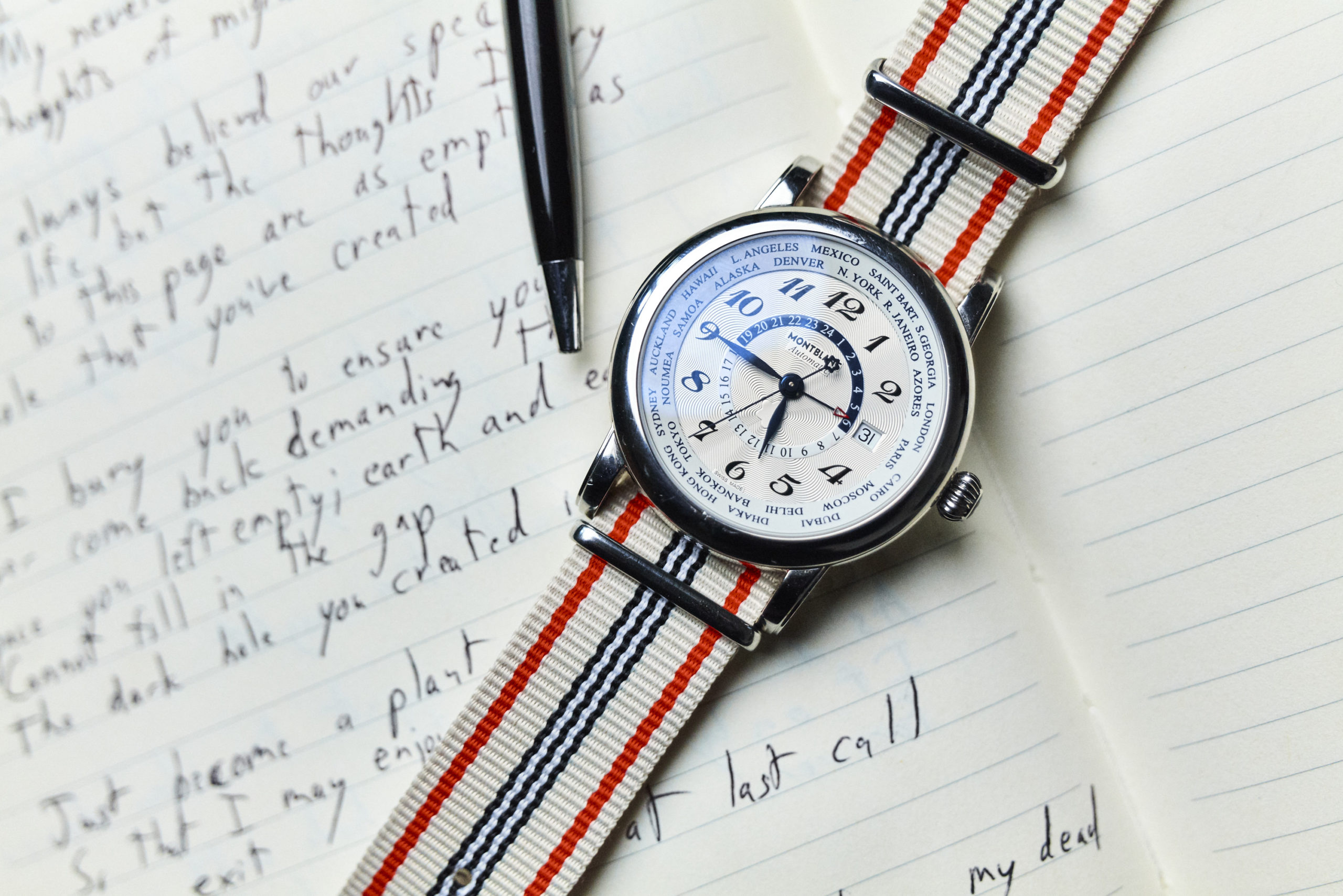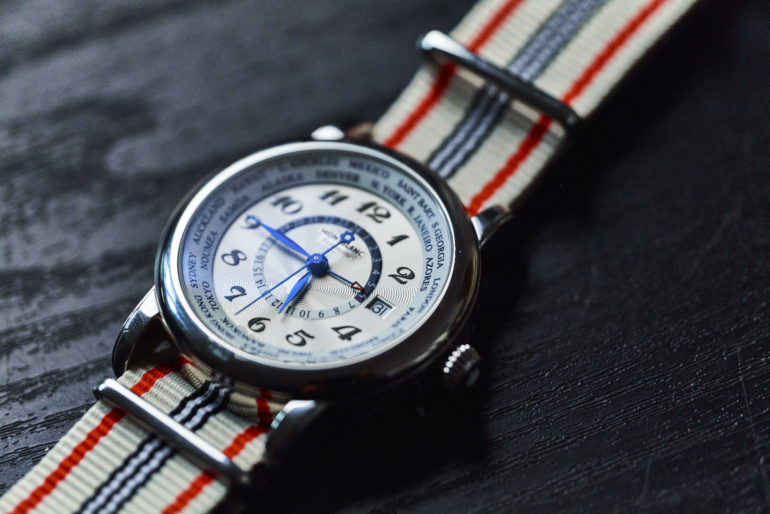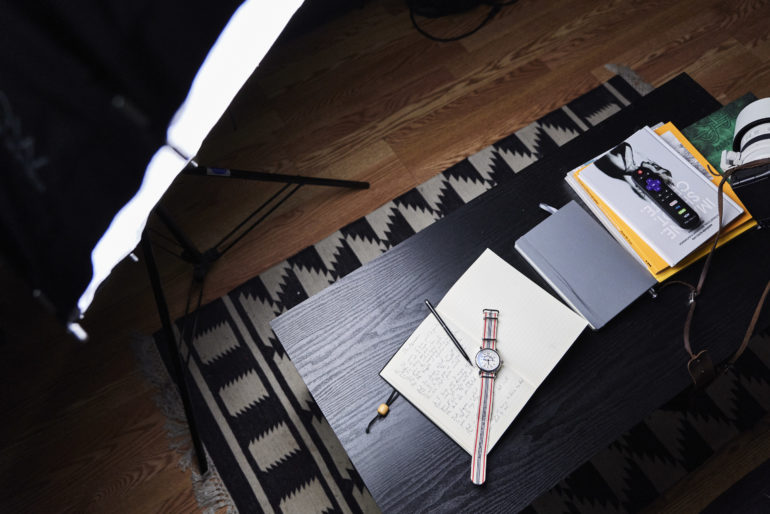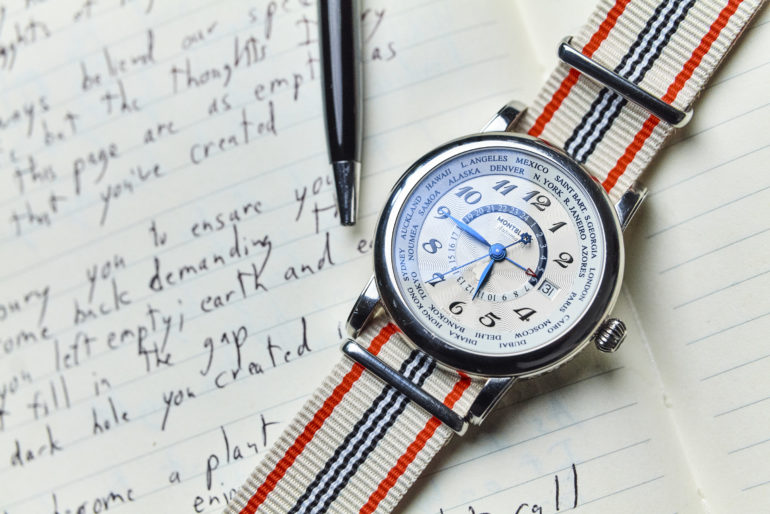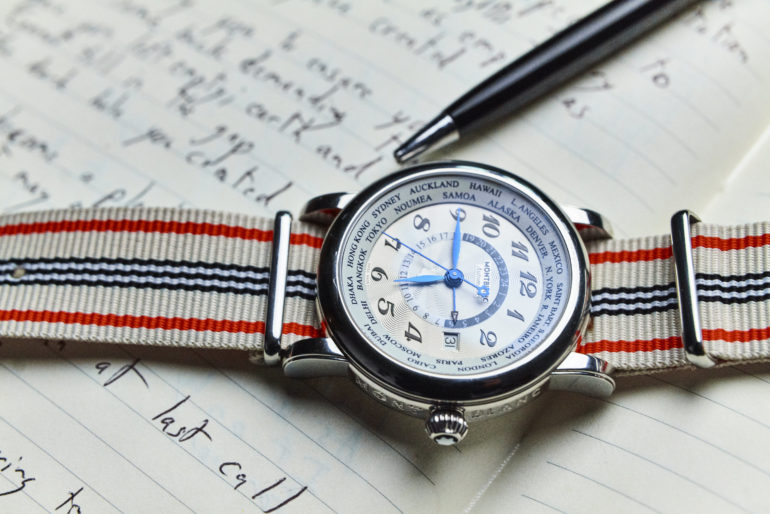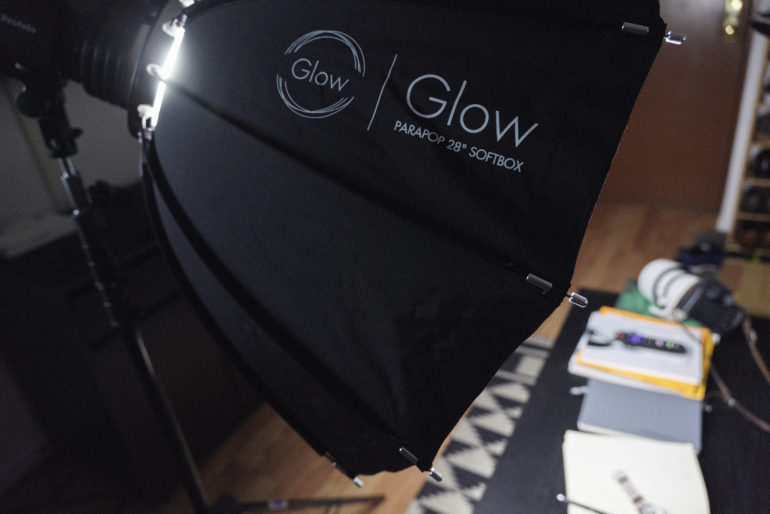Last Updated on 01/16/2020 by Mark Beckenbach
Some photographers want to use a constant light while they learn how to light their photos, so does a strobe’s LED really work?
Admit it; if you’re reading this then you probably don’t know a lot about lighting. That’s okay. We can supplement the fact that you suck at lighting with a strobe’s constant light, right? This light is called the modeling light and it’s designed to give a preview of what your flash’s output will look like. Lots of photographers want to know if it’s really worth it. The truth is it’s a very complicated answer. There are lots of times when it’s just easier to use an LED constant light. But more often than not, that’s because photographers don’t know how to light. I have to admit, considering what I know about using a strobe, it was actually harder for me to use a constant light than it was a strobe. Here’s what happened.
Gear Used
- Adorama Glow 28 inch softbox
- Profoto B10
- Panasonic S1R
- Panasonic 24-105mm f4 OIS S Pro
- Hoya Circular Polarizer
About the Subject Matter
This year, the Phoblographer turned 10 years old. Considering how I’m beginning to position the website and how our industry is evolving, I’ve decided that it makes sense to embed myself into the world of finer things. Photography is an expensive hobby, and so too are watches. This is a Montblanc Star World Timer. I bought it after realizing I need hobbies that are efficient with my time. Playing my violin and basses don’t make much sense for me anymore. Video games still work. So too does exploring new restaurants. But not many of my friends play instruments anymore. So, watches it is! Photographing a watch is some serious business. It’s pretty difficult because of reflections, macro-level details, getting the focus just right, etc. It’s best done with a tripod and old-school style lighting.
The Process
In order to do this, I put a 28-inch softbox on my Profoto B10 and set the LED modeling light to the max. Then, I chose the color of the LED to be neutral. That’s pretty standard. One might say, “Oh you’ve got a light? Cool. Now all you need to do is take a photo, right?” Honestly, no. Using the constant light proved to be a million times more annoying for a number of reasons.
Direct Lighting Really Sucks Sometimes
One of the absolutely most beautiful things about strobes is that they’re so powerful you can bounce their light output off of somewhere. Event and wedding photographers often bounce lights off of ceilings. I tend to bounce lights off of windows to augment the natural light already in the room. But with any and every constant light I’ve used below $3,000 the output is too weak to give me the same effect as a bounced strobe light. One would then think, “Chris, just use an umbrella because its beauty is how indirect the light is.” But then that still gives you a reflection of the light modifier’s output in the photo. And quite honestly, I don’t want to spend so much time setting up a light to then need to go into photoshop. The point of this is to set it up in a way that means I do less work. At a certain point, you start to realize you should try to work as efficiently as possible to maximize your time. If I could have just bounced the light off of a wall to begin with, then I would have gotten a seamless lighting look.
NOW PAY VERY CLOSE ATTENTION TO THIS PARAGRAPH!!! To cut down on the glare on the screen I used a circular polarizer. Dehaze in Lightroom probably could have done it, but to do it perfectly I’d need to paint it onto the specific area. Or, you know, I could just cut it down in camera to begin with, and not paint a bunch of photos individually. Instead, I’d just need to do a clarity adjustment.
Your Battery Is Going to Die
By using the LED modeling lamp in my Profoto B10, I saw the battery life drain faster than I’d ever seen before. This light is also aimed at being a light that can double as a cinema light when needed. And in some situations, that’s very true. But it’s clearly not designed to do that. Thankfully, this light can also shoot while plugged into a wall. So, here’s the hard truth. If you don’t know how to light, this could mean that you burn out the light after extended use. But if you learn how to light and just are efficient, then you don’t have to worry about spending or losing more money.
Specular Highlights? You Need a High-Resolution Sensor with Great High ISO Output
For those who don’t know, specular highlights are the little details that come out in an image when you add a flash’s output. They’re not there before because of the fact that they’re not illuminated. For these photos, I was only really able to get this level of detail because I was using the high-resolution Panasonic S1R. But if I were using my Canon EOS R with a strobe’s flash output, I’d be able to do the same thing with less light and arguably less work later on. It means that I can be perfectly fine with any camera in my hands. But with this level of detail, while using a constant light, I need to do more work in post-production and need to have a super expensive camera. Plus that camera needs to have the ISO raised up really high. The reason for this is because constant lights are really weak. What required ISO 6400 from the Panasonic S1R could have been anything as low as ISO 400 instead!
JUST THINK ABOUT THAT! THAT’S SO MANY EXTRA STOPS OF LIGHT!!!!!
Do You Have Shaky Hands?
Most photographers these days have very shaky hands. I encounter a ton of journalists, YouTubers, and photographers that just aren’t that still. So guess what? A flash has what’s called flash duration. Flash duration acts as a second, often faster shutter speed. That translates into you being able to shoot at slower shutter speeds and the flash duration stopping any camera shake. It’s wonderful. Even at ISO 6400, you’ll sometimes need to shoot at slower shutter speed. And unfortunately, you don’t have that flash duration, camera-shake-stopping abilities.
The Light Needs to Be Super Close to Your Subject When You Stop Your Lens Down
The rule of lighting is that the closer the light is to a subject, the softer it is. In this case, you NEED to move the light super close to get softness. And then you’re getting a reflection. If this were someone’s eyes, then you’d probably want that little catchlight in the eyes. That specular highlight is quite attractive. But it still means that you need so much extra power from the light that could have otherwise just been fixed with a simple flash pop. To get more details, you also need to stop your lens down. In turn, that means raising your ISO. If you’re already at ISO 6400, then forget it. Most cameras aren’t that great at ISO 12,800 and above.
Conclusion
Constant lighting still isn’t there. It’s 2019 and the laws of physics just can’t be beat yet. Go with a strobe and don’t look back.


